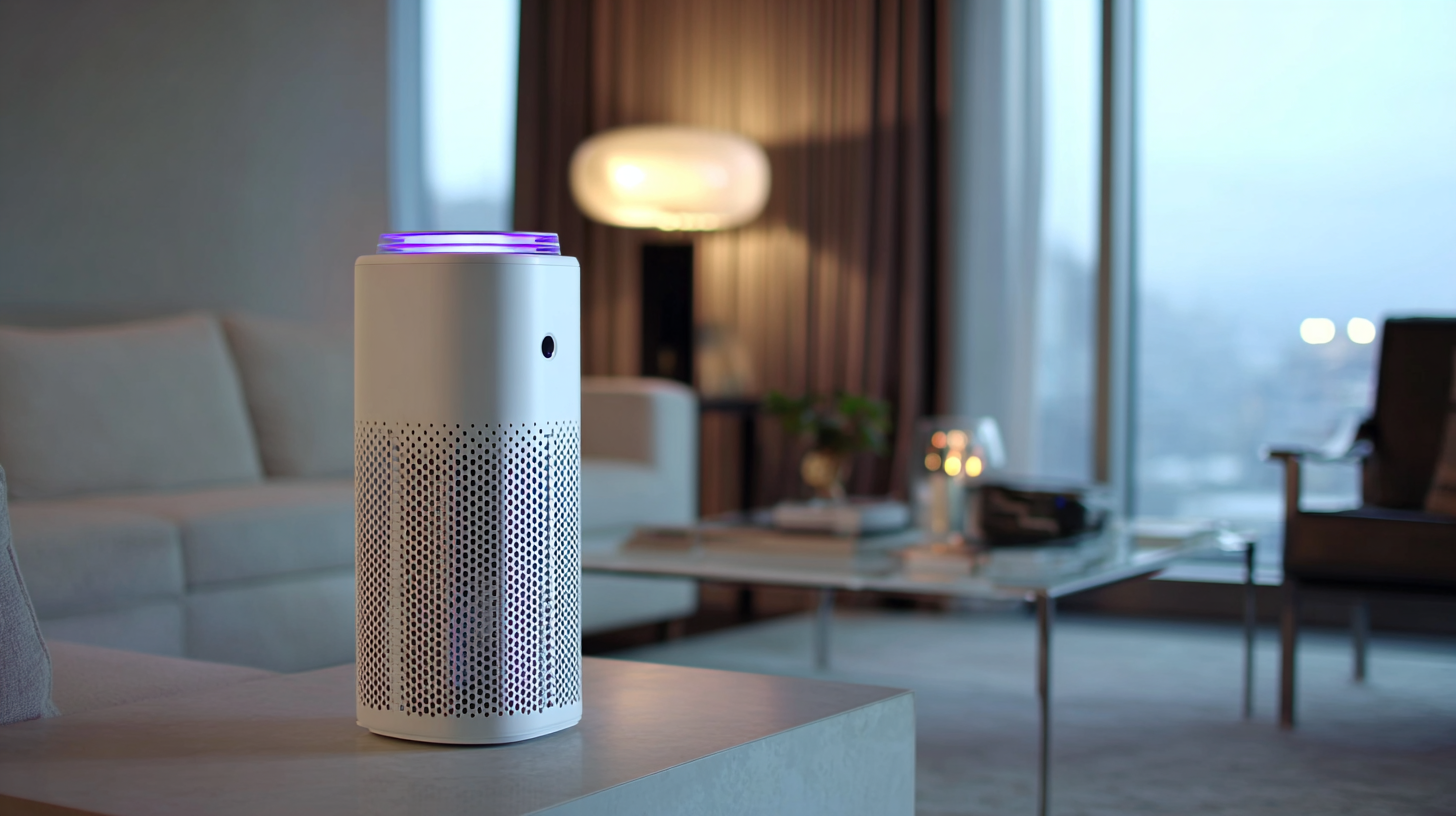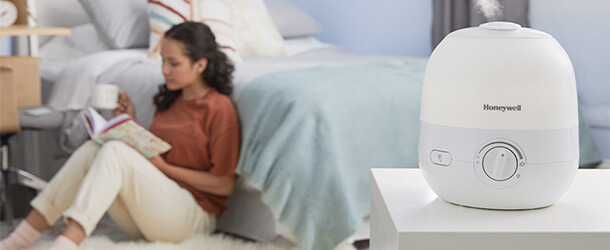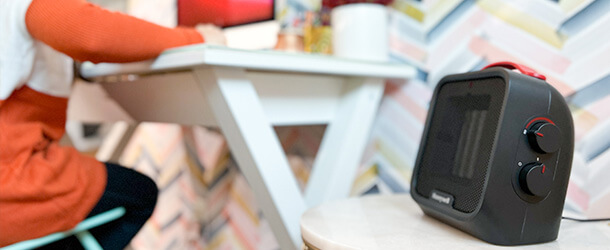Blog
Future Innovations in Best Room Air Filters Shaping the 2025 Industry Landscape
As we move towards 2025, the demand for effective room air filters is projected to soar, driven by heightened awareness of indoor air quality and its impact on health and well-being. This ultimate guide will delve into the future innovations shaping the room air filter industry, exploring cutting-edge technologies and trends that promise to enhance efficiency, filtration capabilities, and user experience.

From advanced HEPA filters to smart connectivity features, the landscape of air purification is evolving rapidly, offering solutions tailored to meet diverse needs. We will examine key players in the market, emerging materials, and sustainability initiatives that are set to redefine the standards for room air filters.
By understanding these advancements, consumers can make informed decisions to create healthier indoor environments, setting the stage for a cleaner future.
Emerging Technologies in Room Air Filters for a Cleaner Future
As we look ahead to 2025, the air filtration industry is on the cusp of transformation driven by emerging technologies. With an increasing emphasis on health and environmental sustainability, innovative room air filters are being designed to not only purify indoor air but also contribute to a cleaner future. These advanced systems leverage smart technology, integrating sensors that monitor air quality in real-time. This capability allows for automatic adjustments, ensuring optimal filtration performance tailored to the specific needs of a space.

Moreover, the emergence of biotechnological advancements is revolutionizing how we think about air purification. For instance, certain filters now utilize plant-based elements that can break down pollutants and enhance air quality naturally. This shift towards eco-friendly materials signifies a move away from traditional, chemical-laden filters, appealing to a more environmentally conscious consumer base. As these technologies proliferate, the air filtration market is poised to become not only more effective in addressing airborne contaminants but also more aligned with the sustainable practices that future generations will demand.
Eco-Friendly Alternatives Revolutionizing Indoor Air Quality
As we move toward 2025, the air filter industry is experiencing a significant transformation, driven by the rise of eco-friendly alternatives that prioritize sustainability without compromising indoor air quality. Innovative materials such as HEPA filters woven from recycled plastics and bio-based composites are emerging as viable options, effectively capturing harmful particles while reducing environmental impact. Consumers are increasingly drawn to these products, recognizing that their purchase supports a healthier planet.
To enhance indoor air quality, here are some tips: first, consider the size and type of air filter that best fits your space; an appropriate fit ensures maximum efficiency in filtering pollutants. Second, regularly replacing your air filters is crucial—most manufacturers recommend changing them every three months to maintain optimal performance. Lastly, complementing your air filtration system with indoor plants can further purify the air, as many plants naturally absorb toxins and release oxygen, creating a refreshing environment.
This new wave of eco-friendly air filters not only aims to improve the air quality we breathe but also represents a fundamental shift in consumer choices towards more sustainable living. As these innovations continue to enter the market, they promise to redefine our relationship with indoor air quality, ensuring that we're not only protecting ourselves but also our planet.
Future Innovations in Best Room Air Filters Shaping the 2025 Industry Landscape - Eco-Friendly Alternatives Revolutionizing Indoor Air Quality
| Dimension | Current Technology (2023) | Innovative Technology (2025) | Eco-Friendly Alternatives | Projected Impact |
|---|---|---|---|---|
| Filter Type | HEPA | Bio-based Filters | Activated Carbon from Coconut Shells | 30% Reduction in Allergens |
| Energy Efficiency | Standard Motors | Smart Motors | Solar-Powered Fans | 50% Decrease in Energy Consumption |
| Noise Level | Moderate Noise | Whisper-Quiet Technology | Silent Operation Filters | Enhanced Comfort |
| Filter Lifespan | 6 Months | 12 Months | Recyclable Filters | Reduced Waste by 40% |
| Smart Features | Basic Controls | IoT Integration | App-Controlled Filters | Increased User Engagement |
Smart Air Filter Innovations: Integrating IoT for Enhanced Performance
 The integration of IoT technologies in air filtration systems is paving the way for innovative solutions that prioritize efficiency and user experience. Smart air filters equipped with sensors can monitor air quality in real-time, providing actionable insights through connected apps. This functionality not only enhances air purification processes but also enables users to maintain optimal air quality in their living spaces, thereby promoting health and well-being. For instance, a smart air filter can automatically adjust its performance based on detected air pollution levels, offering noticeable improvements in indoor environments.
The integration of IoT technologies in air filtration systems is paving the way for innovative solutions that prioritize efficiency and user experience. Smart air filters equipped with sensors can monitor air quality in real-time, providing actionable insights through connected apps. This functionality not only enhances air purification processes but also enables users to maintain optimal air quality in their living spaces, thereby promoting health and well-being. For instance, a smart air filter can automatically adjust its performance based on detected air pollution levels, offering noticeable improvements in indoor environments.
Moreover, the rise of artificial intelligence alongside IoT is significantly shaping the future landscape of air filtration. AI algorithms can analyze usage patterns and environmental data, allowing for predictive adjustments to filter performance. A compelling use case is seen in startups focused on personalizing air quality management for homes and offices. One standout startup employs advanced machine learning techniques to provide tailored air filtering solutions based on individual user habits and local air quality metrics. This integration not only enhances performance but also creates a more user-centric experience, positioning air filters as essential elements of modern smart homes.
Comparative Analysis of Traditional vs. Alternative Air Filter Types
When comparing traditional and alternative air filter types, it's essential to examine their unique benefits and drawbacks. Traditional HEPA filters have long been the gold standard for air purification, effectively trapping airborne particles and allergens. However, their restrictiveness can lead to reduced airflow, making them less efficient in some environments. In contrast, alternative filter types, like electrostatic and UV-C filters, utilize innovative technologies to capture pollutants while maintaining optimal airflow. This not only boosts efficiency but also extends the lifespan of the filter itself.
Tip: Consider your specific air quality needs when choosing an air filter. If you live in an area prone to allergens, a HEPA filter might be best. However, for households focused on reducing mold or bacteria, an electrostatic or UV-C filter could be more suitable.
Moreover, the evolution of smart air filters is a game changer in the industry. These systems can monitor indoor air quality in real-time and adapt their filtration processes accordingly. This intelligent functionality not only ensures cleaner air but also empowers users to take proactive steps in maintaining their indoor environment.
Tip: Look for air filters equipped with smart technology that provide feedback on air quality levels, enabling you to make informed decisions about when to change filters or ventilate your home.
Consumer Trends Shaping the Future of Air Filtration Solutions
As we move toward 2025, consumer trends are playing a pivotal role in reshaping the air filtration industry. One significant trend is the growing awareness of air quality and its impact on health. More consumers are becoming educated about the pollutants present in their indoor environments, leading to a surge in demand for high-efficiency air filters. This newfound understanding compels manufacturers to prioritize the development of advanced filtration technologies that can trap harmful particles, allergens, and even pathogens.
Additionally, sustainability is increasingly influencing purchasing decisions. Consumers are favoring eco-friendly products that not only ensure cleaner air but also use sustainable materials and energy-efficient designs. This has prompted brands to innovate by integrating renewable resources into their filters and adopting circular economy practices. The expectation of longevity and cost-effectiveness drives consumers toward options that promise both immediate and long-term benefits. As such, the industry is poised for transformation, with companies that prioritize environmental consciousness set to win the loyalty of discerning buyers.
Future Innovations in Best Room Air Filters Shaping the 2025 Industry Landscape
This chart represents projected consumer trend data for various air filter technologies anticipated for 2025. The data illustrates the expected market share by technology type, showcasing the growing preference for HEPA and smart air filtration solutions.







